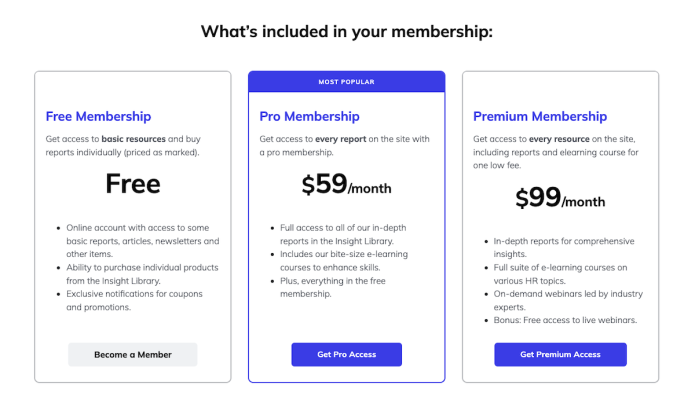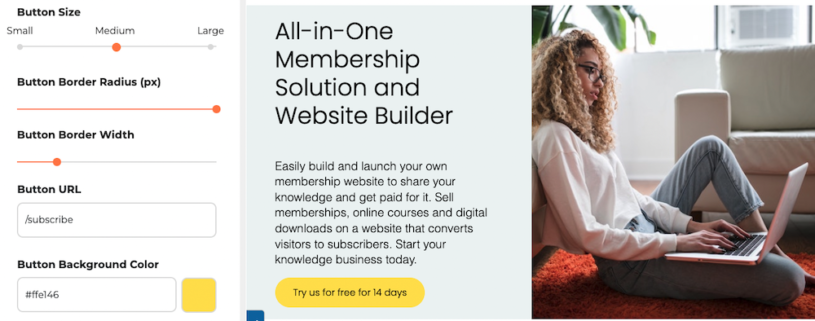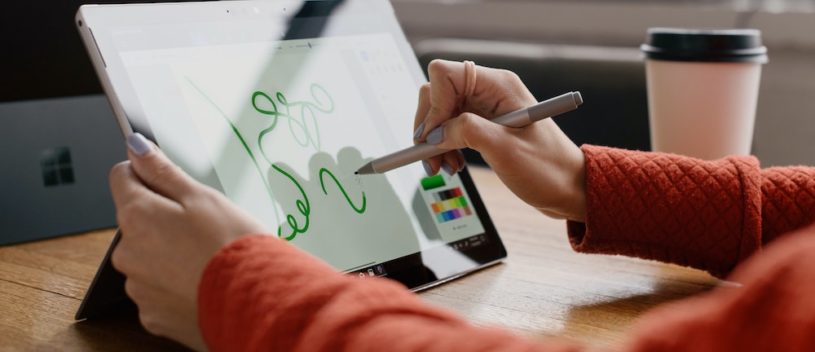A simple tweak that delivers a big SEO impact.
We all know how important SEO is and working to boost your website’s performance should be thought of as an ongoing process. One of the most immediate ways you can improve your site’s ranking is by resizing and optimising your web images.
If your images are 1MB or larger, they should be optimised before you upload them to your image manager.
Large web images slow your page’s loading time - especially on mobile devices. You can easily spot an oversized image because it will “dribble” down the page. This is not a user friendly experience. And as of July 2018, Google announced it will downgrade slow loading pages in mobile search results. This means that your slow loading page will rank lower in search results than a competitor’s fast loading one.
Test your page speed.
Fortunately Google provides the free Page speed insights tool which allows you to test the page speed of a specific page URL.
This tool will analyse the page speed and deliver an optimisation score along with suggestions for enhancing your page speed. Achieving a Good score of near 80 or above should be your aim.
“Optimising images” is a typical recommendation. And you’ll even be provided with a list of the offending images.
How to optimise & compress images.
The next step is to resize and compress. You can use your computer’s image viewer to resize images. Another option is Canva’s free online photo editor tool which has a menu bar full of features from resizing and cropping to a variety of filters.
After resizing your image to scale, it’s time to compress the file size.
The easy to use and free online image compressor I use is TinyJPG, TinyPNG and Optimizilla. Just upload the image and then download the compressed file. With large images, I will often compress them twice to -0%. Of course, always check the quality.
Always give your images a file name.
Before uploading a web image, give it a relevant file name with dashes between the words.
Once in the image manager, always add an ALT tag to the image. This is the image description that is read if someone is using a screen reader. The ALT tag is pertinent for Google image search - especially if you are selling physical products. Image search provides another way to get found. Including relevant keywords in your ALT tag is another boost to your SEO.
After completing those updates, check the page again with PageSpeed Insights and notice the improvement.
More SEO Best Practices:





